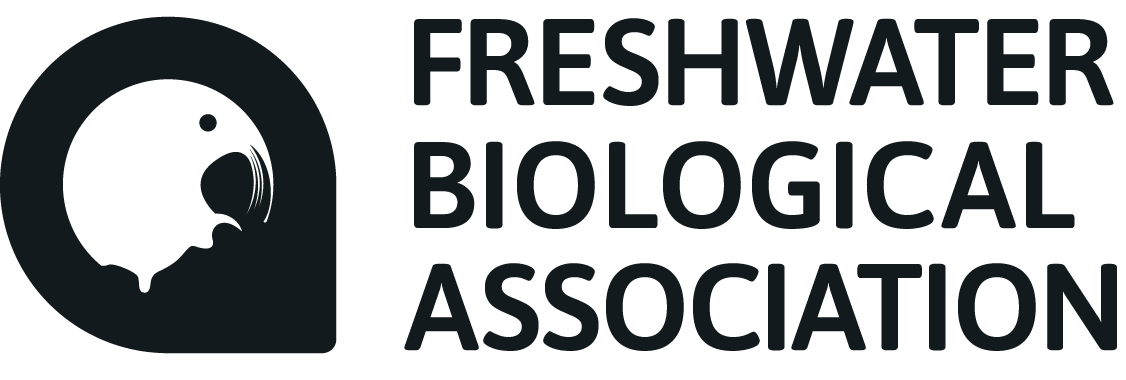The State of Windermere report and Windermere Integrated Science Plan published
25 March, 2025
Today, we are delighted to share in full the State of Windermere in 2024 report and the Windermere Integrated Science Plan (WISP), authored by Dr. Lynsey R. Harper, funded by the Environment Agency and produced by the Freshwater Biological Association.
The State of Windermere report collates over 90 years of environmental and biological data, providing a comprehensive overview of the current ecological status of Windermere whilst also detailing others pressures from climate change and human use. It also summarises the key parts of the Windermere Integrated Science Plan (WISP), which is also provided as a stand-alone document.
Background to the State of Windermere report
In 2022, the Love Windermere Partnership (LWP) came together with the aims of better understanding the complex pressures facing Windermere, and prioritising solutions to improve the condition of the lake.
At the time, the FBA led the Data, Science and Evidence (DSE) workstream until 2024, when we stepped away from the partnership. During our time leading the DSE workstream, we were tasked with:
Producing a comprehensive State of Windermere report, providing a detailed overview of the current ecological state of Windermere and how it has changed over time in response to human and environmental pressures, and,
Constructing an integrated science plan for Windermere and the surrounding Leven catchment, to identify key monitoring and research gaps and suggest short-term priorities to address these gaps.
Purpose of the State of Windermere & WISP reports
The main purpose of the reports is to identify the monitoring and research needs to address key uncertainties and information gaps that challenge stakeholders (including commercial operators, regulatory agencies, communities and recreational users) working in the Leven catchment based on an assessment of the issues Windermere faces.
The State of Windermere report is an important benchmark against which to compare future changes in monitored physical, chemical and biological parameters, whilst the Windermere Integrated Science Plan identifies key gaps in our knowledge and proposes 13 short term (<5 years) actions/objectives to improve our understanding of:
the factors affecting water quality,
how climate change may impact the lake and the surrounding environment,
how to engage people in their local environment and better understand the public perception of Windermere,
current and future monitoring needs.
“The release of these two significant reports marks the culmination of some incredibly detailed work by Dr Lynsey Harper in collaboration with colleagues from a wide variety of organisations sitting both within and outside of the Love Windermere Partnership. We thank all those who contributed their time and expertise to produce such thorough and thoughtful pieces of work against which to assess the future ecological health of Windermere and the surrounding catchment.”
Download the reports
Overview of recommendations from the State of Windermere report and WISP for science-based action
The State of Windermere report and WISP, provide recommendations on the practical measures, ongoing research activities, and community engagement required to address the ecological challenges facing Windermere and the Leven catchment.
The State of Windermere report and WISP call for integrated management, restoration efforts and ongoing science action to protect and improve the condition of Windermere and its catchment.
Key points and the main priorities for future practical and research activities within the catchment include:
Nutrient Enrichment: Despite reductions since the late 20th century, nutrient concentrations remain elevated, affecting phytoplankton biomass and dissolved oxygen levels. Ongoing research is required for a contemporary nutrient budget and better understanding of internal nutrient loading from lake sediments.
Low Dissolved Oxygen: Low oxygen levels at depth due to thermal stratification and organic matter decomposition impact aquatic life. Further investigation into the feedback loop of internal phosphorus loading, and continued long-term monitoring is needed.
Climate Change: Increasing surface water temperatures and more frequent extreme weather events are altering habitats and facilitating the spread of invasive species. Next step practical measures should include creating a conceptual model of climate impacts and developing climate adaptation options.
Faecal Indicator Organisms: Statutory monitoring for E. coli and intestinal enterococci at designated bathing waters is in place, but broader monitoring of more organisms and over wider areas is needed. An effective solution would be to use microbial source tracking to better understand sources and pathways.
Changes to Phytoplankton and Zooplankton Communities: Nutrient enrichment and climate change are altering the timing and composition of these communities, impacting the food web. Systematic monitoring is required as a priority measure alongside establishing a contemporary biological baseline.
Changes to Fish Communities: Native fish populations are affected by multiple pressures, including invasive species, climate change and habitat degradation. To safeguard fish species, immediate action should include reinstating fish monitoring, research into pressures and how they affect population dynamics, and a conservation plan for Arctic charr.
Human Use: The catchment hosts millions of visitors annually, impacting water quality through nutrient enrichment and physical disturbance. There is a pressing need for increased, and improved, engagement with local communities and tourists, to enable a better understanding of the impacts of human activities.
Summary of the status of key ecological impacts and pressures affecting the current state of Windermere
Table 18 from the State of Windermere report provides a summary of the status of key ecological impacts and pressures affecting the current state of Windermere. The current situation and key ecological impacts and pressures are outlined, as well as the main priorities for practical (P) and research (R) activities within the catchment. Full details of the justification for these priority actions are provided in the main text of the State of Windermere report.
Aerial photo of Windermere from Fell Foot
About the Love Windermere partnership
The Love Windermere partnership consists of the Environment Agency, Lake District National Park Authority, Lake District Foundation, National Trust, South Cumbria Rivers Trust, National Farmers Union, Westmorland and Furness Council, United Utilities and Cumbria Local Enterprise Partnership.

